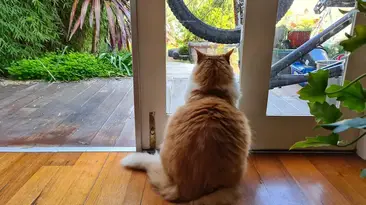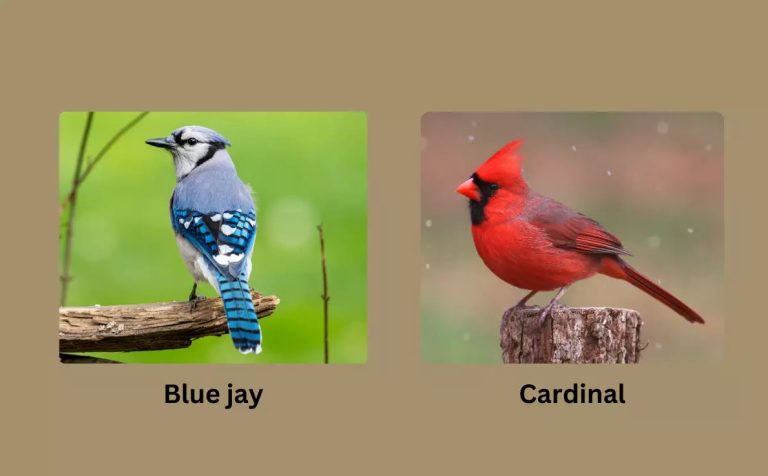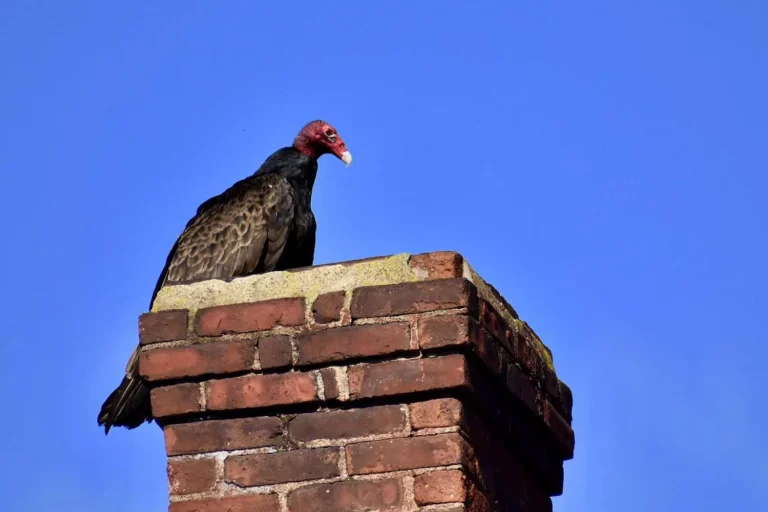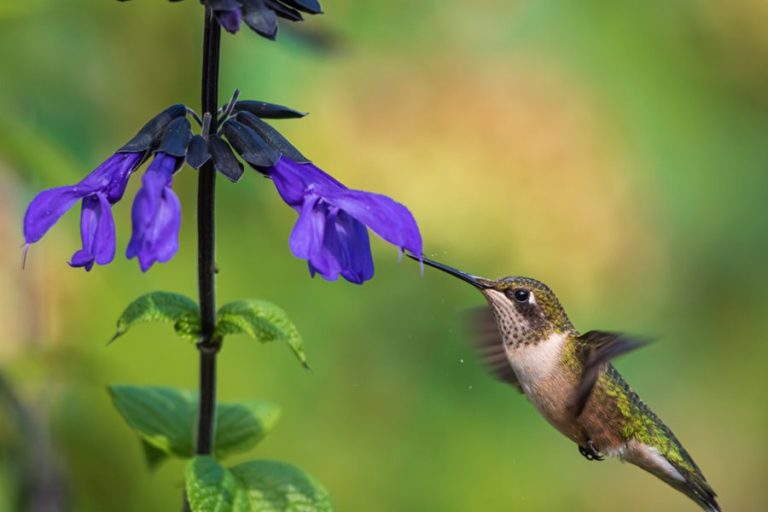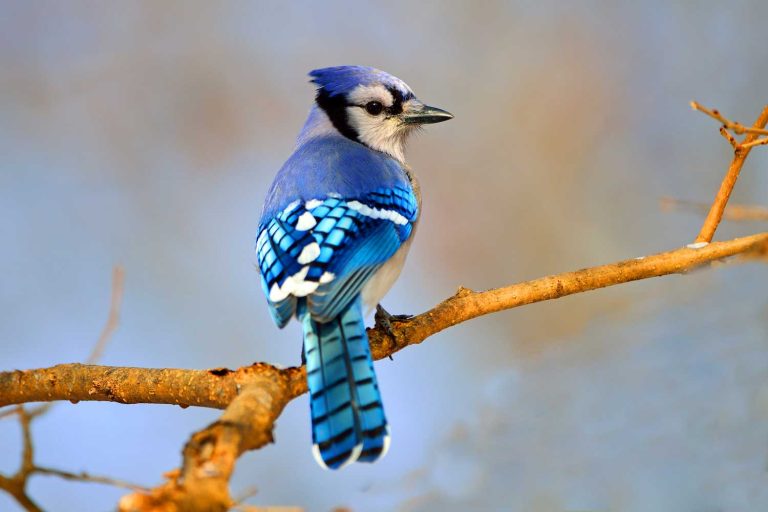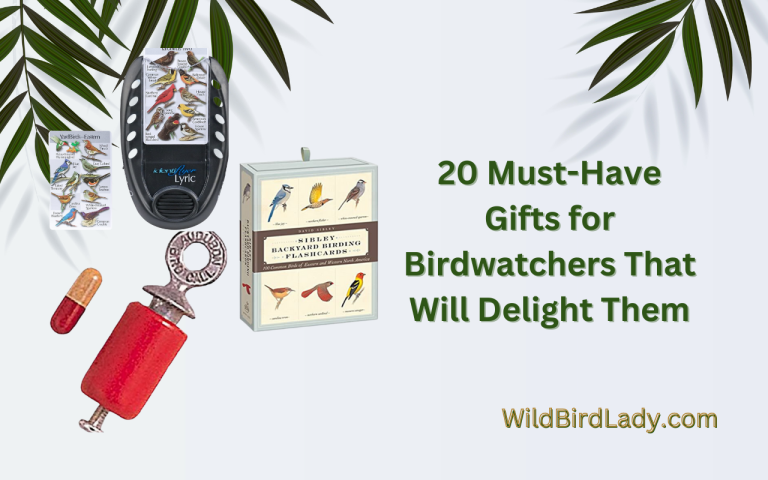How to Protect a Killdeer Nest from Cats: Safe and Effective Solutions
To protect a killdeer nest from cats, you can build a simple fence or barrier around the nest. Additionally, creating a visual distraction or using natural deterrents can also be effective.
Killdeer are ground-nesting birds that lay eggs in shallow nests on the ground. Unfortunately, these nests are often vulnerable to predators, especially neighborhood cats. However, there are simple steps you can take to protect the nest and ensure the safety of the eggs and chicks.
One easy way is to build a fence or barrier around the nest to keep cats out. You can also try using visual distractions or natural deterrents, like placing a mirror near the nest or using prickly branches to deter predators. By taking these simple steps, you can help protect killdeer nests from cats and other threats.
Credit: academy.allaboutbirds.org
Choosing The Right Location For Your Nest
The Ideal Location For A Killdeer Nest
If you want to protect a killdeer nest from cats, the first thing you need to do is choose the perfect location. Here are the must-have requirements for the ideal location:
- The location must be open: Killdeer birds like to create nests on the ground, therefore an open environment will ensure that they have a clear view of any approaching predators.
- The location should be flat: Killdeer birds prefer flat areas as it makes it easier for them to build their nest and for the chicks to walk around.
- The location must have gravel: Killdeer birds usually lay their eggs on gravel as it blends in with their feather’s colors, making it difficult for predators to spot the eggs.
Factors To Consider When Choosing A Nesting Location
Choosing the ideal location for your killdeer nest may not be as easy as it sounds. Consider the following factors when choosing a killdeer nesting location:
- Predators: While choosing a location for your nest, make sure to consider potential predators such as cats, snakes, and other birds.
- Foot traffic: Killdeer birds are known to build their nests near human activities. However, it’s essential to avoid high traffic areas as they can cause damage to the eggs or the nests themselves.
- Natural elements: The environment plays a significant role in the survival of the killdeer chicks. Nest locations should be protected from heavy rain, direct sunlight, and wind for the safety of the chicks.
Remember, if you choose the ideal location for your killdeer bird nest, you’re giving them a higher chance of survival and ensuring they have the best chance of hatching into healthy chicks.
Building A Physical Barrier
Protecting a killdeer nest from cats is crucial to ensure the survival of the chicks. Building a physical barrier is one of the effective ways to keep them away. Let’s take a look at some simple ways to protect a killdeer nest from cats using a fence or barrier and netting or mesh.
Installing A Fence Or Barrier Around The Nest
Installing a fence or barrier around a killdeer nest creates a physical barrier that stops cats from getting to the nest. Here are some key points to consider while installing a fence:
- Choose a fence that is tall enough to deter cats. A fence that is at least 18 inches tall would be ideal.
- The fence or barrier should be sufficient to enclose the entire nest and its immediate surroundings.
- Use chicken wire or hardware cloth for the fence, as it is sturdy and durable.
- Use wooden stakes or plastic stakes to support the fence or barrier.
- Make sure the fence is firmly fixed to the ground to prevent any gaps.
Using Netting Or Mesh To Protect The Nest
Netting or mesh is an effective way to protect the killdeer nest from cats, but make sure to use a material that is safe for the chicks. Here are some key points to keep in mind:
- Choose a netting or mesh that is fine enough to prevent cats from reaching the nest.
- Avoid using plastic netting as it poses a risk of entanglement and strangulation to the chicks.
- Use netting that is made of nylon or a similar material, which can be easily stretched out.
- Place the netting over the nest and secure it to the ground using stakes. Make sure the netting is high enough to allow the chicks to move around freely.
- Check the netting regularly to ensure that it hasn’t been damaged in any way.
By taking these measures, you can protect the killdeer nest and its chicks from cats and ensure that they have a better chance of survival. It’s essential to make sure that the chicks are safe and secure as they grow and develop.
Using Sound Deterrents
How Sound Deterrents Help Protect Killdeer Nests
Killdeer nests are sensitive and require protection from predators, especially cats. While there are numerous ways to protect the nest, sound deterrents are highly effective in keeping cats away from nests. Here are the ways sound deterrents can help protect killdeer nests:
- Distraction from the nest: The sound of a predator can distract a cat, and it will look for the source of the noise, allowing the killdeer to escape.
- Killing the cat’s predatory instinct: The sound of a predator sends a signal to the cat`s brain to search for its prey. Thus the constant sound of prey can have the opposite effect on the cat and deter it from searching for prey altogether.
- Causing confusion: Pulsating sound signals can create confusion for cats, leading them to retreat from the area around the nest.
- Alerting the killdeer: As killdeer recognizes the sound of their predators, sound deterrents can provide a warning signal allowing the killdeer to move away from their nest and avoid the danger.
Choosing The Right Sound Deterrents For Your Nest
Not all sound deterrents are suitable for protecting killdeer nests. Among many sound deterrents, the following are the most effective:
- Predator calls: These are recordings from predators played around the nest; it mimics the presence of a predator, and the cat will retreat from the location.
- Bird distress calls: These are sounds made by distressed birds which create the illusion of danger to pushing cats away from the nest.
- Ultrasonic devices: These devices produce a high-frequency sound that is unpleasant to cats. Ultrasonic devices are safe for other animals, making them a good option to protect nests in public areas. However some reviewers claimed it may not be effective in every case.
Killdeer nesting should be promoted, but we need to be careful to protect them from predators, especially roaming cats. Utilizing sound deterrents is a safe and effective way to protect nests from the feline predators by confusing, distracting and warning the predators away from the nest site.
Although it is wise to not put all your faith in sound deterrents, using them in combination with some other methods of protection will help ensure the safety of killdeer nests, promoting successful nesting.
Creating Visual Deterrents
How Visual Deterrents Help Protect Killdeer Nests
Killdeer birds are quite vulnerable during their nesting season, especially if they have made their nest on the ground. One of the best ways to protect the nest from predators, particularly cats, is to use visual deterrents. Visual deterrents work by scaring the cats away from the nest.
Here are some benefits of using visual deterrents to protect killdeer nests:
- They are safe for birds and cats.
- They are easy to set up and require little maintenance.
- They are effective in deterring predators from the nest area.
- They are a cost-effective solution to protect the nest.
Choosing The Right Visual Deterrents For Your Nest
There are several visual deterrents that are effective in protecting killdeer nests from cats. Here are some of the most popular ones:
- Motion-activated sprinklers: These sprinklers spray water when they detect motion, scaring the cats away from the area. This is an effective solution, especially if it rains often as the constant moisture helps to deter cats.
- Fake snakes: Placing a fake snake near the nest can scare cats away from the area. This is a cost-effective solution that does not require any maintenance.
- Scarecrows: Scarecrows can be an excellent visual deterrent if they are placed near the nest. They can be quite effective in deterring cats from the area as they may perceive them as a potential threat. However, they require regular maintenance to keep them looking realistic.
When choosing visual deterrents for your killdeer nest, it is important to consider the location of the nest and the type of predator that is in the area. Additionally, it is essential to ensure that the deterrents are non-invasive and do not harm the birds or the cats.
By using visual deterrents, you can protect killdeer nests from cats and other predators effectively. It provides a safe, reliable, and cost-effective solution to protect these ground-nesting birds during their nesting season.
Frequently Asked Questions Of “How To Protect A Killdeer Nest From Cats [Simple Tips]”
How Do I Identify A Killdeer Nest?
Killdeer nests are shallow scrapes on open ground with small rocks around their perimeter – often found on gravel driveways or bare soil in grassy areas. The eggs are speckled and look like small rocks.
How Can I Protect A Killdeer Nest From Predators?
One way to protect killdeer nests is by using a protective barrier, such as a chicken wire cage or fencing around the nest. You can also place garden decor items like fake snakes or owls nearby to deter predators.
How Can I Tell If A Killdeer Nest Is Abandoned?
If you notice that the parent birds are not near the nest, and it appears untouched over the course of several days, it is likely to be abandoned. Also, if the eggs are not warm, killdeer may have abandoned the nest as well.
What Do I Do If I Find An Abandoned Killdeer Nest?
It’s generally best not to disturb the nest if it appears abandoned or the birds have left. However, if there is evidence of a predator nearby, you could try to rescue any surviving eggs or hatchlings and contact a local wildlife rehabilitation center.
How Long Will It Take For Killdeer Eggs To Hatch?
Killdeer eggs usually take between 24 and 28 days to hatch, with the chicks ready to leave the nest within hours of hatching. During this time, it’s important to keep a respectful distance from the nest and avoid disturbing it as much as possible.
Conclusion
After all is said and done, it is up to us to protect these little creatures from their predators. Although cats are natural hunters, we must not forget that the natural ecosystem still depends on bird species like killdeer. By taking these simple steps, you can easily provide a safe space for the bird and its eggs, ensuring their successful hatching.
We must always take a proactive approach and ensure the safety of our birds and wildlife if we are to preserve their species for generations to come. Remember, the little steps we take today can have a significant impact on the world tomorrow.
Let’s be careful and help our bird friends by implementing these quick and practical tips to keep the killdeer nests safe from the predators, especially the pesky cats.

